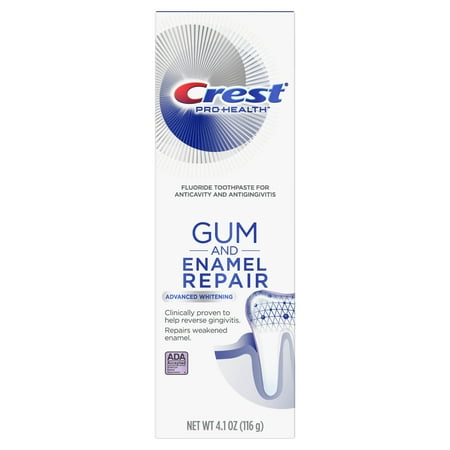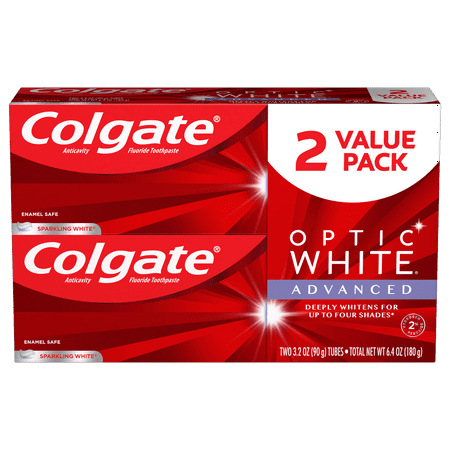Crest Gum and Enamel Repair Toothpaste, Advanced Whitening, 4.1 oz
Gum troubles are the foundation of a few key oral fitness issues, use Crest Gum & Enamel Repair toothpaste to prevent gingivitis even as receiving the benefits of Crest. Clinically tested to assist opposite gingivitis. It goals the gumline to kill plaque germs and penetrates the teeth’s floor to repair weakened enamel for more healthy tooth and gums.







Crest Gum & Enamel Repair Toothpaste, Advanced Whitening, 4.1oz: Crest Gum & Enamel Repair toothpaste formulated for Advanced Whitening Treats problems at the gumline to assist opposite gum troubles Clinically demonstrated to assist opposite gingivitis Penetrates teeth floor to restore weakened teeth Helps neutralize dangerous plaque micro organism Clinically validated enamel protection component





Reviews
There are no reviews yet.